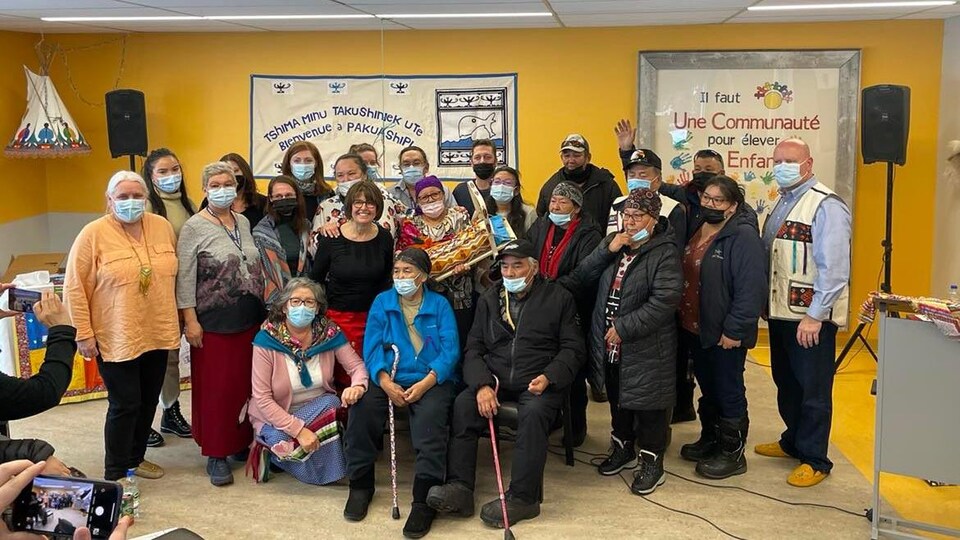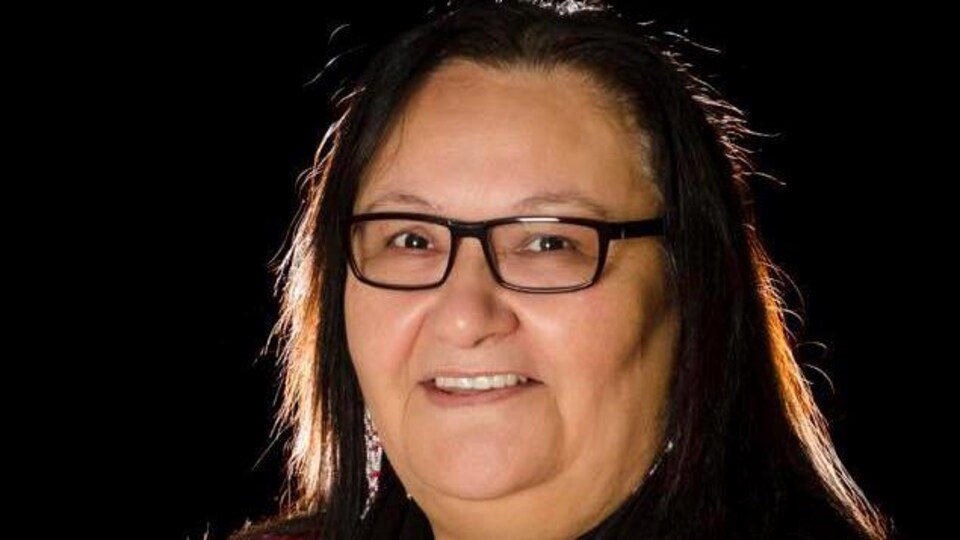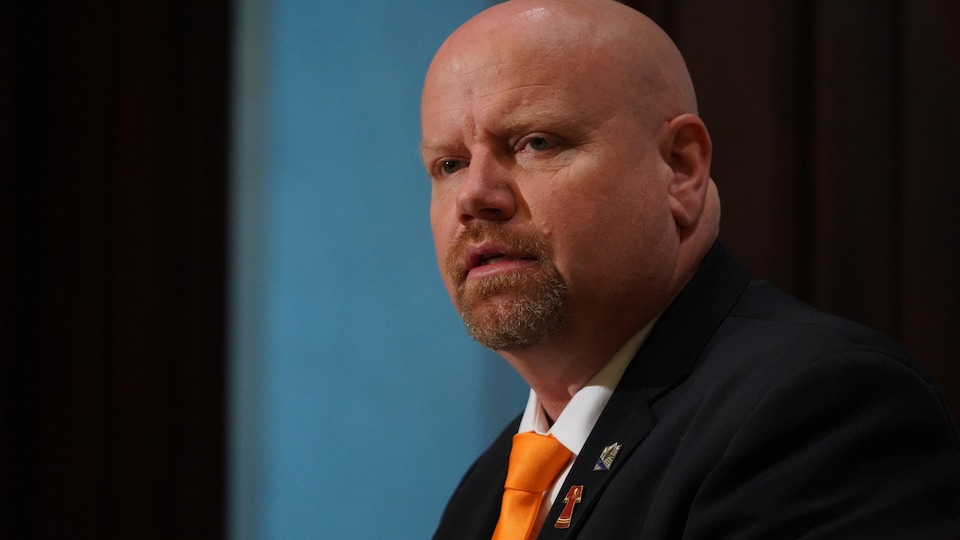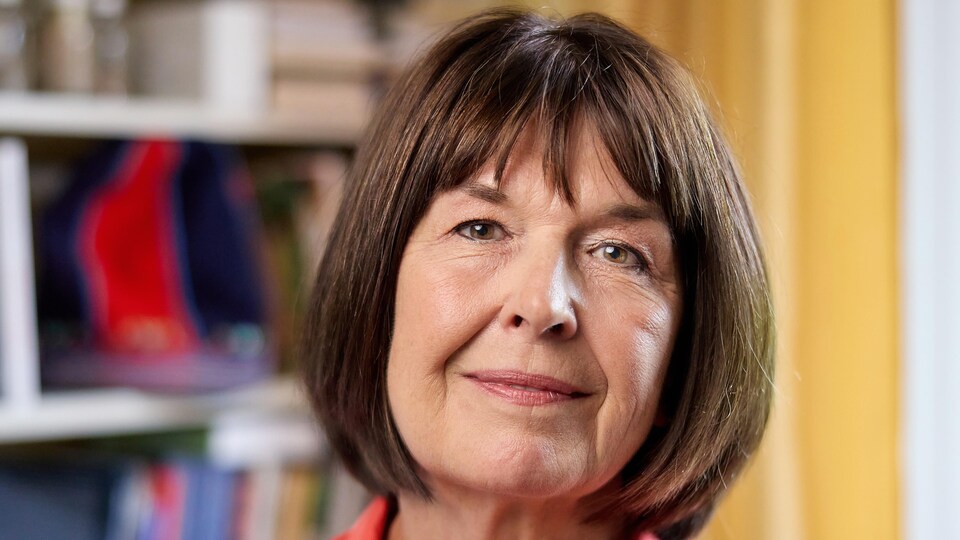Prevention is better than cure. This saying is perfectly illustrated in the titanic file of finding traces of Aboriginal children who disappeared decades ago in hospitals and other institutions in Quebec.
These hundreds, even thousands of hours of work needed today would have been avoided, if not for the negligence (and perhaps more) of the competent authorities at the time.
Brief glimpse behind the scenes of a search for restoring virtues.
Friday April 29, 2022: a small plane landed at Saint-Augustin airport next to Pakuashipi. This Innu community with 300 inhabitants on the Lower North Shore (550 km from Sept-Îles) is not accessible by road.
This is where the investigation of former journalist Anne Panasuk began in 2014.
Innu who has lost children, and has been without an answer for decades, decides to put their case in the public plaza to find answers and try to heal the grief, doubt and guilt that creeps into them.
From now on, Anne Panasuk will be special adviser to the Quebec Minister responsible for Aboriginal Affairs Ian Lafrenière. And he accompanies the latter to come to present the research report to the community.
There were also indigenous representatives on the plane, including those in the Awacak Association, representing families, the Human Rights Commission, as well as representatives of opposition parties in Quebec.
A moment that, we guess, is charged with emotions.
It’s touching to talk to them. They welcomed us in an incredible way with a buffet of crab, lobster, salmon and shrimp. There were drum songs and in the end we all danced makushamsaid Anne Panasuk over the phone.
” The women said, “Look at us so you can show the face in each case.” “
To honor the medicine wheel, the Awacak association requested that the first report be filed with the guardians of the East Gate: the Innus of Pakuashipi.
Cultural security is this particular: we go there according to their protocol, not according to ours.added Minister Lafrenière, pointing out that this type of report is usually tabled and debated in the National Assembly before being made public.
Increase in the number of open files
The report, which summarizes the first six months of surveillance since the passage of Bill 79, reported the opening of 55 files for surveillance of children. But since it was published on Thursday, the number has risen to 60 and will reach 64 child files in the next few days.
On the back of each file, there are relatives questioning themselves because they have not received a death certificate, have not seen the corpse of their deceased child or have read his medical file. To the point of wondering for some, as it has already happened, if their child would not have been stolen to give for adoption elsewhere.
” It’s more than neglect, it’s abandonment. We are treated like animals. They took our parents ’children like puppies. “
After much research to find his brother Tony and his sister Emily, he and his family found out that Tony had died in the hospital several years after the official date of death. Emily was found after about 30 years, severely disabled, although she was a healthy child when she was sent to Amos hospital before disappearing.
Stories like her, Ms. Ruperthouse and his team members are heard by many as they tour the communities. They all received training in the legal aspects of the law, but also in psychology and active listening.
Each time, the families tell us that it feels good to talk about it. It hurts, it provokes anger and sadness, but it liberateshe says.
A network of doctors and nurses is also set up to help families review the medical information received and support them emotionally.
Françoise Ruperthouse highlights the work of the Family Support Department, the monitoring committee and the law firm that supports the association.
Soon, we will be visiting Atikamekw, so we should soon reach 100 open files. It is a long task that will take several years, maybe ten, but it is necessary to find answers and help to heal.according to him.
Having access to files, even today, is a difficult thing for ordinary mortals. But Law 79 allows undo all small locks first to find documents and then give them to Aboriginal families, explained Minister Ian Lafrenière. It emphasizes work unbelievable of the different partners involved.
And there are dozens of partners, because correcting the mistakes of the past requires the participation of many people. We realized this by reading the follow-up committee report announced last week.
Very careful work
After the parliamentary work to pass Bill 79, it was necessary to organize tours to sometimes remote communities, often with an interpreter, to explain the process underway to various Aboriginal leaders and stakeholders. But most of all to listen to the families, explain to them the steps to follow and help them fill out the forms.
In conjunction with the Ministry, the Family Support Department must explain Law 79 to archivists of health institutions or various religious congregations that may be holding files or registers.
It is also necessary to mobilize representatives of the seven departments, in addition to the Coroner’s Office, the Registrar of Civil Status, the Sûreté du Québec, the Commission d’accès à l’information, the RAMQthe public ombudsman, the federal government, the College of Physicians, not forgetting the directors of First Nations health and social services.
” Lots of mood, it’s nice to see. “
Ian Lafernière pointed out that although Bill 79 gives the minister the power to investigate, he has not used it at the moment, as cooperation is generally good.
Some families like to conduct exhumations, conduct tests DNA. Others will want to take the corpses home for burial in their community or simply place a plaque where their child is currently buried.explained Anne Panasuk.
In the Awacak association, he had already planned to continue his tour to the two Innu communities, but also to the Naskapis, Atikamekw and Anishinabés who had submitted several requests.
We will also need to go to the Cree and Inuit, because we realize that it is important to go to the communities and do it in their language., he says. The report indicates that 5 of Quebec’s 11 aboriginal countries so far have not opened a file.
The long road to reconciliation
When asked where we are on the path to reconciliation, Anne Panasuk and Ian Lafrenière remain cautious. It all depends on what you mean by reconciliation, I would rather say that we are in the stage of fixing the mistakes.launched the former journalist.
Before talking about reconciliation, there is still a long way to go and a lot of reconciliation work needs to be done.added Minister Lafrenière.
Since he was sworn in as minister responsible for Aboriginal Affairs 18 months ago, he said he has visited 44 of the 55 communities present in Quebec.
Source: Radio-Canada



